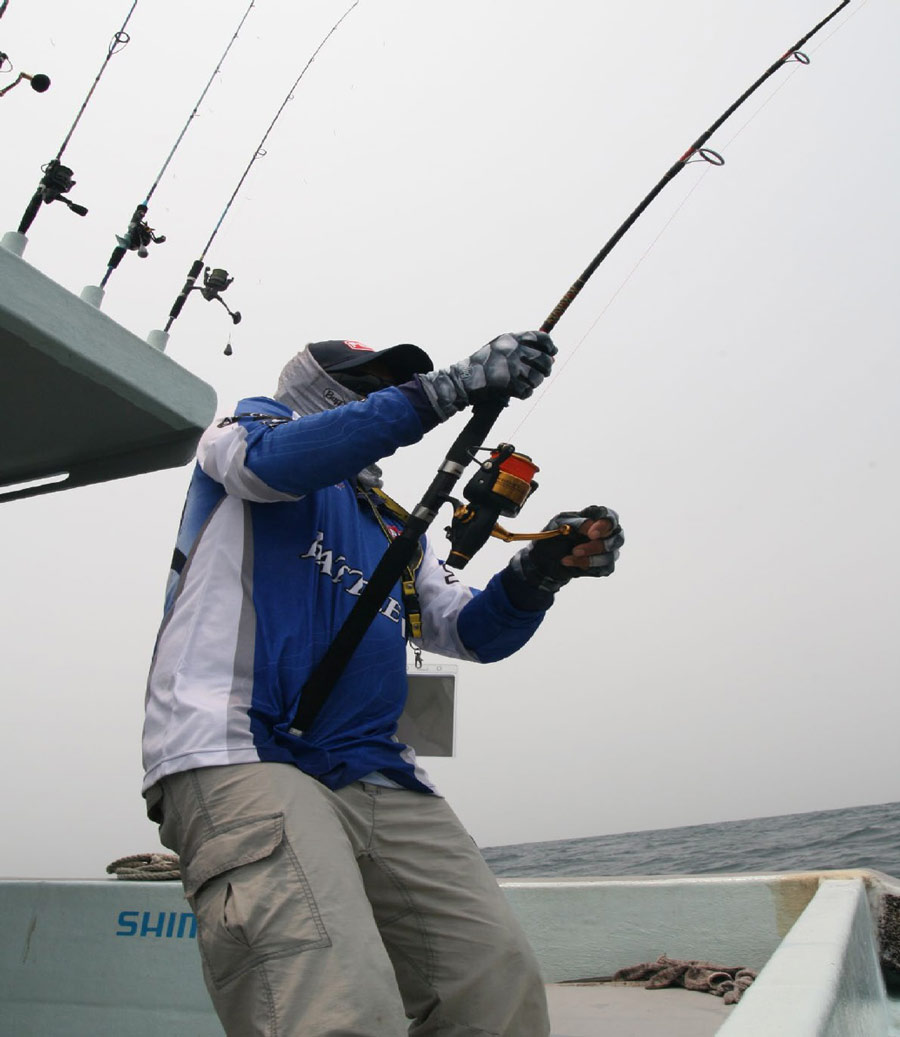
Science Behind The Fight Part 2: Fishing Rod Guides And Lines
By: Phil Foo
Knowing how your fishing rod works when it comes to fighting the fish is awesome. It allows you to manage the fish better. If you want to find out more and if you’ve not read Part 1 of this article series, go to the previous issue and read the article.
Click here to read Science Behind The Fight Part 1: The Fishing Rod
[ They are called guides for a reason… ]
In this article we will look at how fishing rod guides and the lines we use affect our fishing especially when fighting the fish. Fishing rod guides may just be small rings called inserts, secured to a rod with a metal frame but these rings are certainly very crucial, especially with the advancements made in fishing line technology; when it comes to fishing. What do these guides do?
They Guide Your Lines
They are called guides for a reason. They guide your fishing lines as it comes out of the spool of your fishing reel. Without guides, casting good distances becomes impossible. That said, does that mean that as long as there is one guide at the tip, one will be able to cast good distances? Not necessary. The fluttering of the line in the wind very easily causes wind knots and that certainly is detrimental.
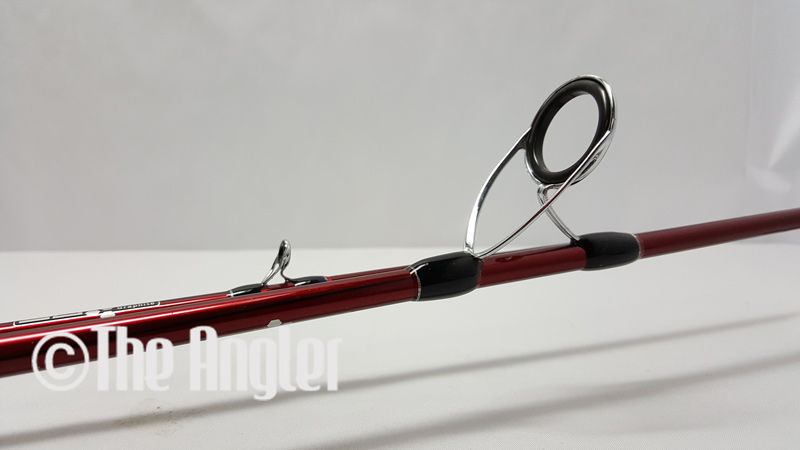
High quality guides are awesome and will go a long way with helping you with the fight.
A series of rod guides are placed on the fishing rod to guide the line out towards the fish. A few guides are used to reduce line flutter and allow a smoother outflow of lines during the cast. All of these adds up to better casting distances and lesser hiccups. Lesser hiccups? Yes, because even with the best amount of guides used and placed at the best places, things can still go wrong.
Adds Pressure
During the fight with a fish, friction happens between the fishing line and the fishing rod guides. This friction adds pressure on the fish forcing the fish to use more energy in its attempts to escape. The more it runs the higher the pressure; not just from the friction between line and guides, but also the lines in the water. This pressure tires the fish out before the angler brings it up.
To give you a clearer picture; imagine that you are trying to pull up a 10kg box from the ground floor onto the first floor. You hold on to one end of the rope with the other end tied to the box. The rope is supported by a metal railing. Pulling the box up will this way, friction is created between the railing and the rope. But if you use a pulley in place of the metal railing; although friction is still there, the pressure is much lower making it easier for you to pull the box up.
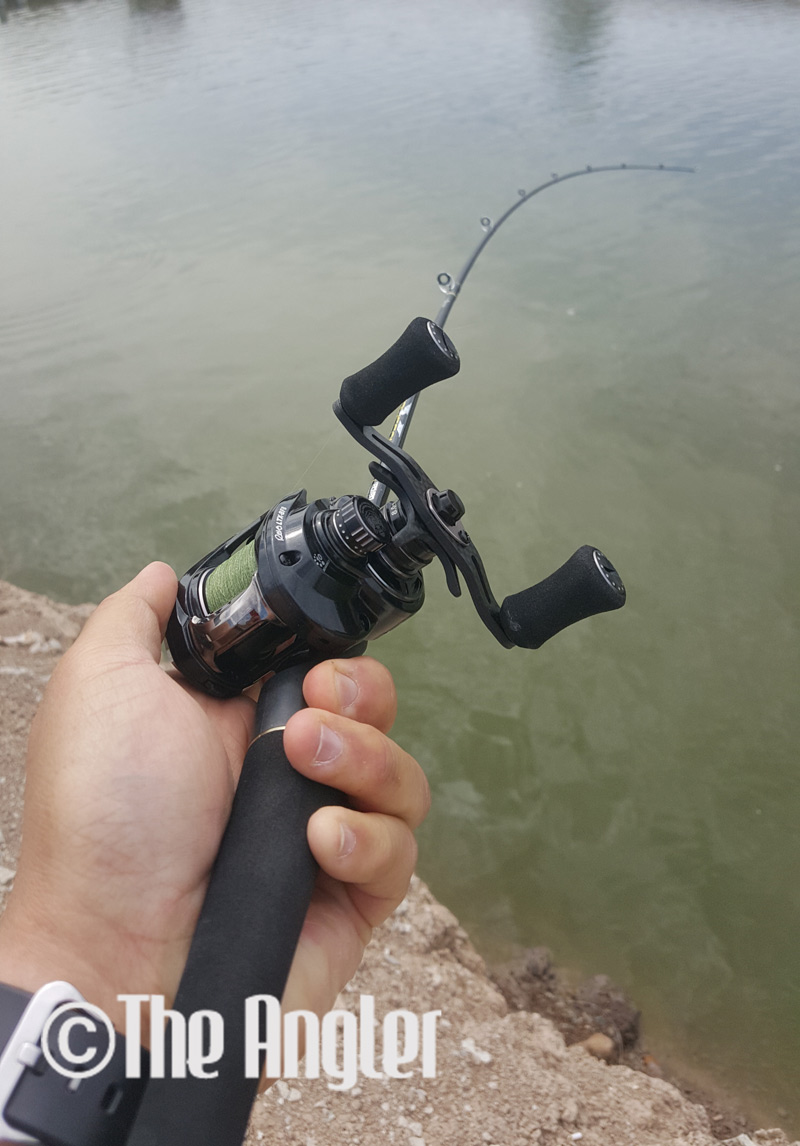
Fishing guides providing pressure on the fish as it runs.
Communication Between Line and Angler
Fishing rod guides acts as a communication tool between the angler and the fishing line. What this means is that the vibration of the fishing line is transmitted from the line to the angler via the fishing rod guides. This allows the angler to feel the bottom of the lake, river, or sea. It also allows the angler to feel if a fishing is taking the lure or bait.
Of course not all rods have the same levels of sensitivity. Some rods transmit vibrations better than others. Graphite rods generally transmits vibration better than fibreglass rods. Some graphite rods transmit vibrations better than other graphite rods too. Some fishing rod guides too are better at transmitting vibrations than other fishing rod guides.
Cause and Affect
So, how do fishing rod guides and fishing line affect your fishing? There are many fishing rod guides in the market made of different materials. Most of these guides have inserts made of ceramic and other materials. Most but not all. There are some awesome fishing rod guides that do not have inserts such as recoil guides.
Perhaps I will talk more about the different materials used in building rod guide inserts in another issue. But for now just know that some rod guides are lighter, tougher, etc. than others. Also not all rod guide inserts can handle the damaging effects of braided lines. Braided lines can cut and scratch lower quality guide inserts be they made of metal or ceramic. This is caused by the friction between line and inserts.
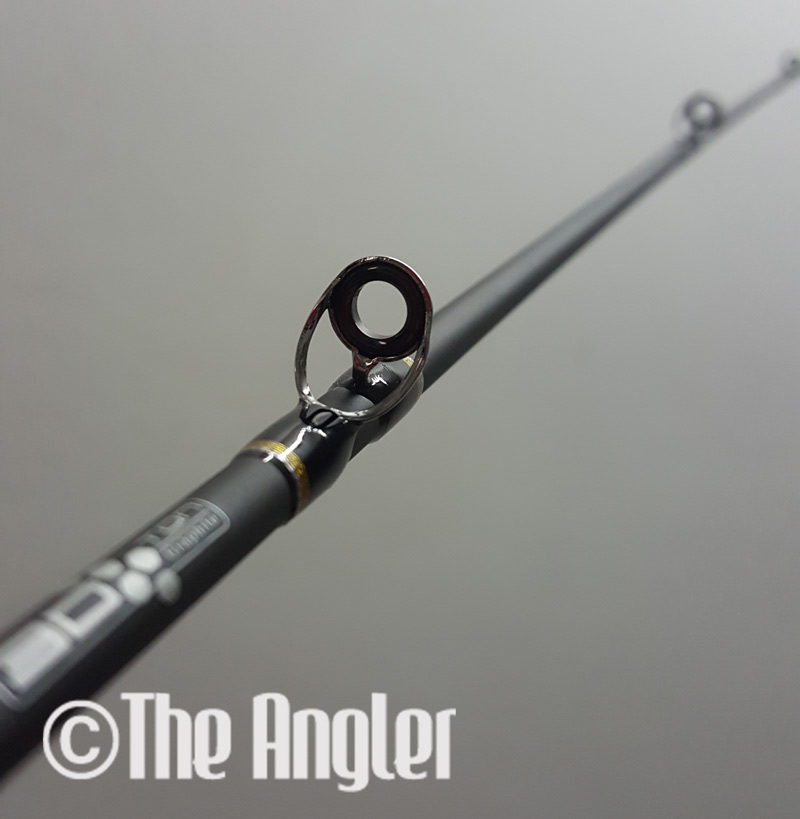
As lines run on guides, friction is created.
Heat Dissipation and Toughness
High quality guides with high quality inserts such as Fuji’s SiC or Alconite guide inserts dissipates heat faster than generally lower grade guide inserts; allowing for smoother line flow, thus giving better distances. They are also hard and tough. All these makes them awesome fishing rod guides when fishing with braided lines and thinner monofilament lines.
These quality guides are made to handle the toughness and abrasiveness of braided lines. This means that braided lines will most likely not cut into them. As for thinner monofilament lines; heat is one major issue when fishing with them. The heat from the friction damages the line especially when pressure is high. With fast heat dissipation, damage to thinner monofilament lines is reduced.
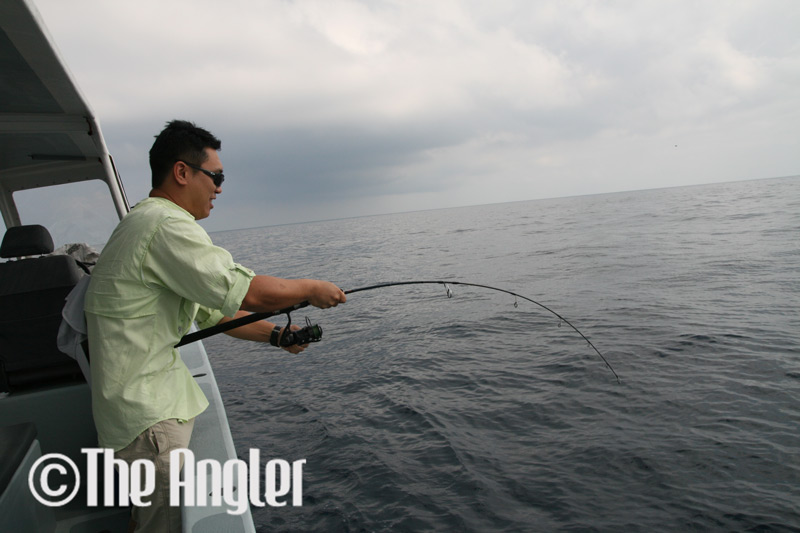
The more lines in the water the heavier the pressure. Line running on water creates friction too.
The Fight
During the fight with a fish, fishing rod guides and fishing lines add pressure to the fish as it makes its run to escape. Friction between the fishing lines and the guides add pressure. The more guides used the higher the pressure. But too many guides will have an effect on the casting distance. Friction means lower distances. Hence, a balance is needed.
When fighting a fish, there is not only friction between fishing lines and fishing rod guides. There is also friction between fishing lines and water. The more lines we have in the water the higher the friction. The higher the friction, the higher the pressure on the fish. Imagine tying a rope to one of your legs and then run in perhaps half a foot of water. The more rope in the water the harder it is for you to run.
With this article I hope that you’ve gained a better understanding of how fishing rod guides and fishing lines affect your fishing, especially when you battle a fish. While all guides are help you with your fishing. High quality guides offer you the best casting and damage reduction. While not all rods come with high quality guides, the good news is that rod guides can be upgraded whenever you want to upgrade them. Happy fishing.
